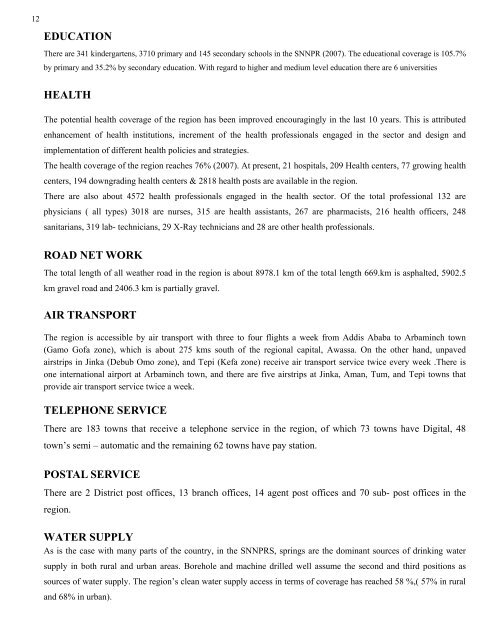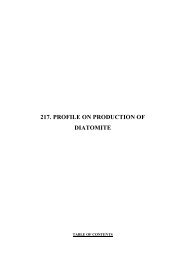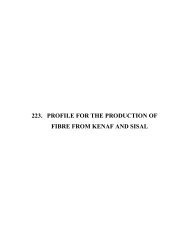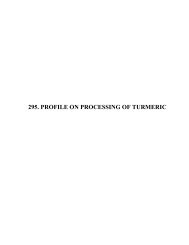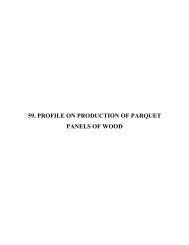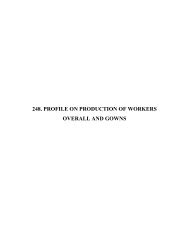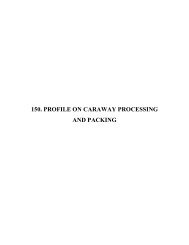guide 2000 English.pub - SNNPR Investment Expansion Process
guide 2000 English.pub - SNNPR Investment Expansion Process
guide 2000 English.pub - SNNPR Investment Expansion Process
Create successful ePaper yourself
Turn your PDF publications into a flip-book with our unique Google optimized e-Paper software.
12EDUCATIONThere are 341 kindergartens, 3710 primary and 145 secondary schools in the <strong>SNNPR</strong> (2007). The educational coverage is 105.7%by primary and 35.2% by secondary education. With regard to higher and medium level education there are 6 universitiesHEALTHThe potential health coverage of the region has been improved encouragingly in the last 10 years. This is attributedenhancement of health institutions, increment of the health professionals engaged in the sector and design andimplementation of different health policies and strategies.The health coverage of the region reaches 76% (2007). At present, 21 hospitals, 209 Health centers, 77 growing healthcenters, 194 downgrading health centers & 2818 health posts are available in the region.There are also about 4572 health professionals engaged in the health sector. Of the total professional 132 arephysicians ( all types) 3018 are nurses, 315 are health assistants, 267 are pharmacists, 216 health officers, 248sanitarians, 319 lab- technicians, 29 X-Ray technicians and 28 are other health professionals.ROAD NET WORKThe total length of all weather road in the region is about 8978.1 km of the total length 669.km is asphalted, 5902.5km gravel road and 2406.3 km is partially gravel.AIR TRANSPORTThe region is accessible by air transport with three to four flights a week from Addis Ababa to Arbaminch town(Gamo Gofa zone), which is about 275 kms south of the regional capital, Awassa. On the other hand, unpavedairstrips in Jinka (Debub Omo zone), and Tepi (Kefa zone) receive air transport service twice every week .There isone international airport at Arbaminch town, and there are five airstrips at Jinka, Aman, Tum, and Tepi towns thatprovide air transport service twice a week.TELEPHONE SERVICEThere are 183 towns that receive a telephone service in the region, of which 73 towns have Digital, 48town’s semi – automatic and the remaining 62 towns have pay station.POSTAL SERVICEThere are 2 District post offices, 13 branch offices, 14 agent post offices and 70 sub- post offices in theregion.WATER SUPPLYAs is the case with many parts of the country, in the <strong>SNNPR</strong>S, springs are the dominant sources of drinking watersupply in both rural and urban areas. Borehole and machine drilled well assume the second and third positions assources of water supply. The region’s clean water supply access in terms of coverage has reached 58 %,( 57% MAY in 2008 ruraland 68% in urban).AWASSA


